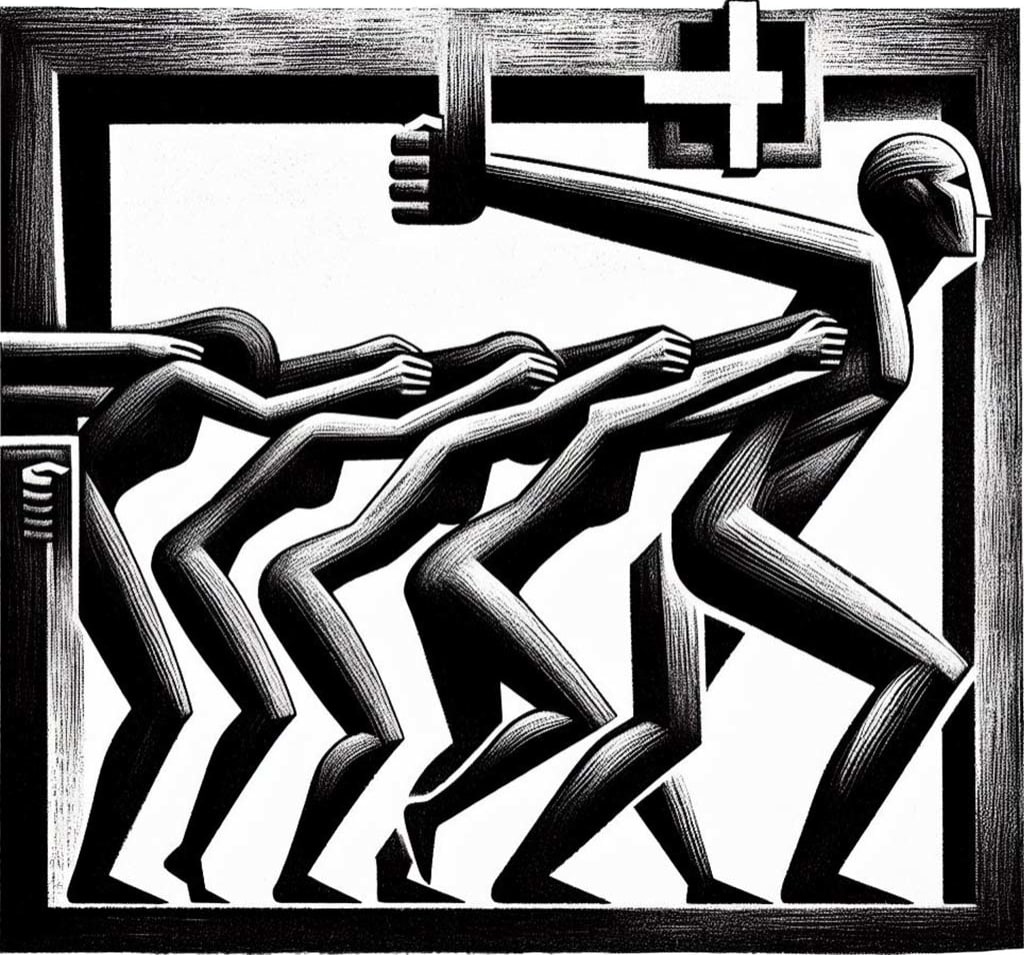
Just
Judith Butler speaks of:
the need for a more generalized struggle against precarity, one that emerges from a felt sense of precarity, lived as slow death, a damaged sense of time, or unmanageable exposure to arbitrary loss, injury or destitution – this is a felt sense that is at once singular and plural. (69)
Judith Butler
Notes Toward a Performative Theory of Assembly
Can we extent beyond Butler’s inclusive critical humanist stance and, without foregoing important ethical considerations between humans, extend the struggle against precarity to include more-than-human worlds?
How do we as a collective of largely human-identifying artists pursue AnthrApology with this in mind? Which subtle energetic and other traditional/advanced practices can be undertaken to work with plant, animal, and stone and other friends as artistic collaborators?
Kim Tallbear notes how from a Dakota standpoint ‘catlinite’ or pipestone, the stone used for ceremonial pipes, has capacities and intensities beyond what its historical recent scientific description affords it:
The stone is sometimes spoken of as a relative. Unlike with blood or DNA, pipestone does not possess cellular vibrancy. Yet without it, prayers would be grounded, human social relations impaired, and everyday lives of quarries and carvers depleted of the meaning they derive from working with stone. Just like the Indigenous people who insist on their continuing survival and involvement with their DNA, Indigenous quarries and carvers, medicine people, and everyday people who pray insist on living with the red stone daily. (233)
Kim Tallbear
‘An Indigenous Reflection on Working Beyond the Human / Not Human’. GLQ 21, nos. 2-3 (2015): 233.
What will it take for a broad-based shift for a kind of expansive and distributed justice across human and more-than-human lifeways to be enacted? Can we imagine and enact:
An ethics of inhabiting [that] revels in the pleasure of interconnection and the joy of the unexpected; [that] embraces the possibilities of becoming in relation to a radicalotherness that has been known as ‘nature.’ (18)
Stacy Alaimo, Exposed
As Popé, the Tewa Pueblan who led an all-Indigenous revolt in 1680 against Spanish invaders that temporarily drove the colonizers out of Sante Fe, says:
I’m telling you with warm breath on the edge of your ear
that houses and rooms are full of perfume and unlike you
when I inhale the morning
I am satisfied — I see, dance, laugh, and sing;
I’m reminding you, gently and with a love that will kill you, I know the role I’ve played
that my sisters and brothers and I have played
how we’ve been here forever
my lovers, myself and all the others all the kachinas
Reminding you the simple things:
that we are all the colours of the day and night that we’ve pissed the stars and shat the earth and for some reason
this knowledge
burns in your throat
for some reason known only to you but still in fact unknown by you
these simple things
freak you out beyond belief
(From 70. We are all the colours of the day and night, Popé, August 10, 1680, Santa Fe, NM)